Street Sleeper upcycles advertising billboards into survival bags in an attempt to tackle the challenges facing homeless people. CTE.com chats to founder Oliver Brain about this innovative NPO.
When was Street Sleeper founded and why did you feel compelled to do so?
We’ve been running in earnest since March 2014. Before it started I constantly found myself in a situation that I’m sure many people can relate to: I wanted to help the homeless, but didn’t have an easy platform to do so from. I decided to create that platform with a focus on one element – providing temporary shelter for those living on the street.
What is a Street Sleeper Bag?
A sturdy and sustainably-sourced urban survival sleeping bag that can be used long-term, stand up to the elements and double as a daytime pack to carry belongings.
How do Street Sleeper Bags help homeless people?
In the short term, they provide a form of shelter from the elements. However, in the longer term, I see Street Sleeper as a platform to reinforce a sense of community in our city. It can help to facilitate a dialogue on the issue of homelessness, bridge the social barriers that society has put in place as well as lower the fear, anxiety and unfamiliarity levels that most people experience when interacting with someone that society sees as different.
How are the materials sourced and processed?
The journey from billboard to bag goes through several steps. It starts with your donation, then a billboard destined for landfill is upcycled into survival sleeping bags. We get all our PVC billboards for free from an advertising company here in Cape Town; some of these are over 200 m2 and weigh 100 kg, which is enough for 50 bags alone.
We then take the billboards to our small production facility and get the material washed and cut into the templates for our sewing machinists to transform into a bag.
After that comes the most important stage, which is distribution – for us the key aspect here is to create a sense of value and empowerment for the people who are using the bags. One of the best ways to achieve this is through organised distribution days. We work with volunteers, both homeless and not, to hand out the bags to people who need them around the city.
How many people have you helped since the start?
We have distributed around 450 bags since beginning this winter. We employ a sewing machinist full time as well as have several volunteers working with us.
What is your biggest challenge?
Over and above providing shelter, the goal of Street Sleeper is to create a dialogue with an issue that most people are not comfortable talking about or interacting with. We want to uplift homeless people from being someone that society doesn’t identify with, to someone who you can see as being part of your community, and you theirs.
In your opinion, what are some of the ways in which people in Cape Town can reach out to the homeless?
One of the best ways that I’ve found is, instead of giving away material things, rather give someone your time and have a conversation with them. I’ve seen that those connections are even more valuable than giving a Street Sleeper bag – because both people are left feeling valued by their community, and that sense of acknowledgement and inclusion is a core human requirement.
OF NOTE
Gift a bag R150, streetsleeper.org
Contact +27 71 494 2306, [email protected]
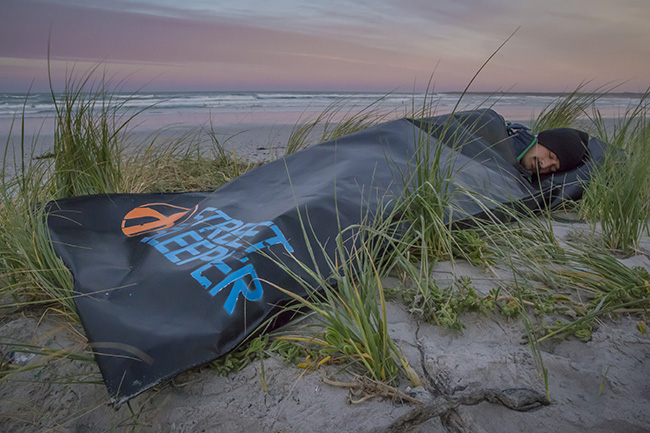
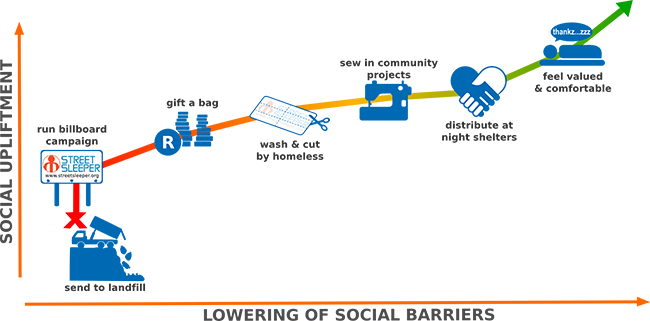
Portrait Rory Keohane/HSMimages.co.za
Photography Sarah Isaacs


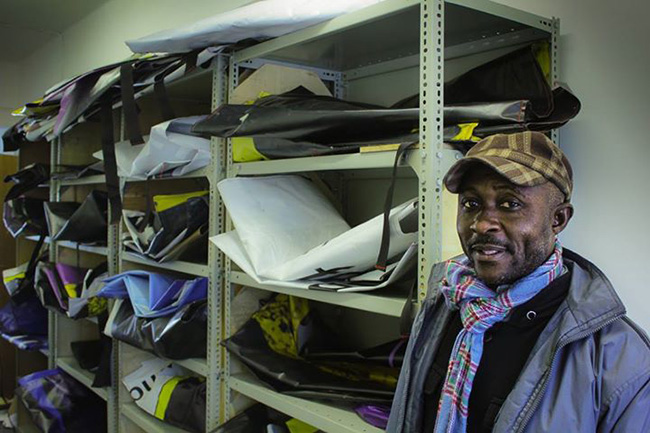

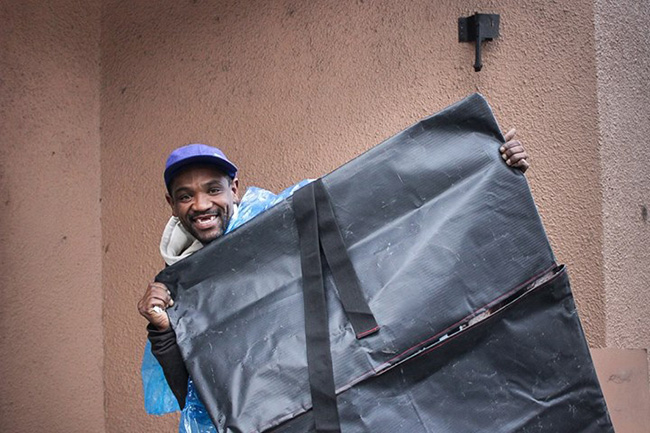
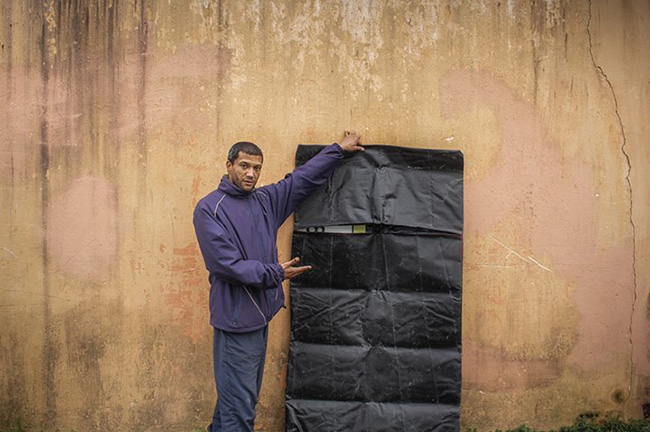
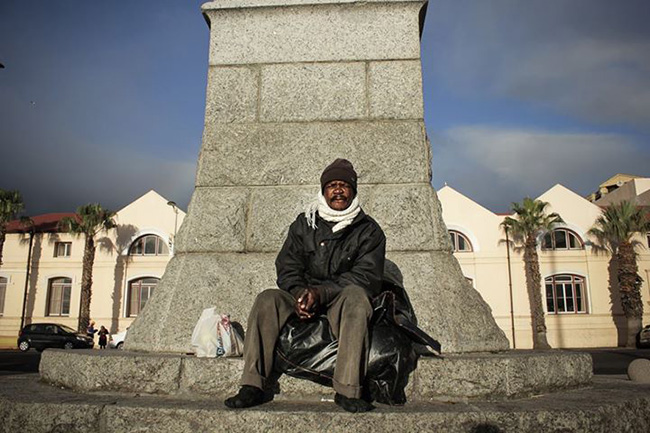
DawnJorgensen StreetSleeperSA city hero indeed!